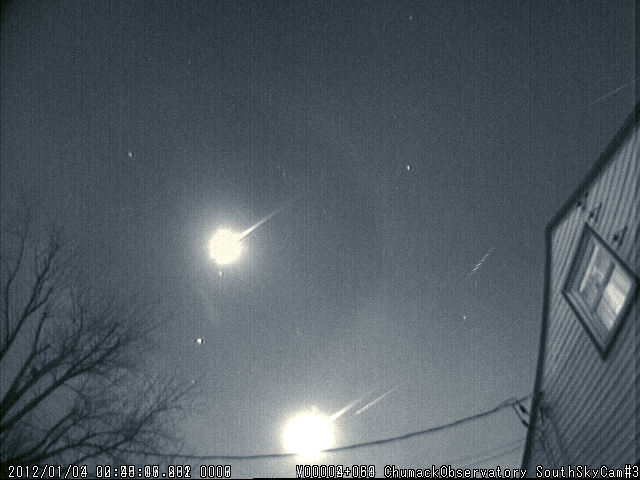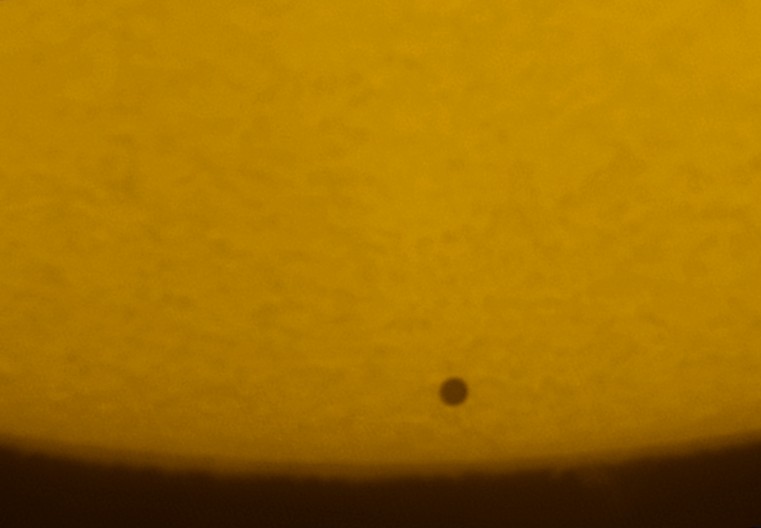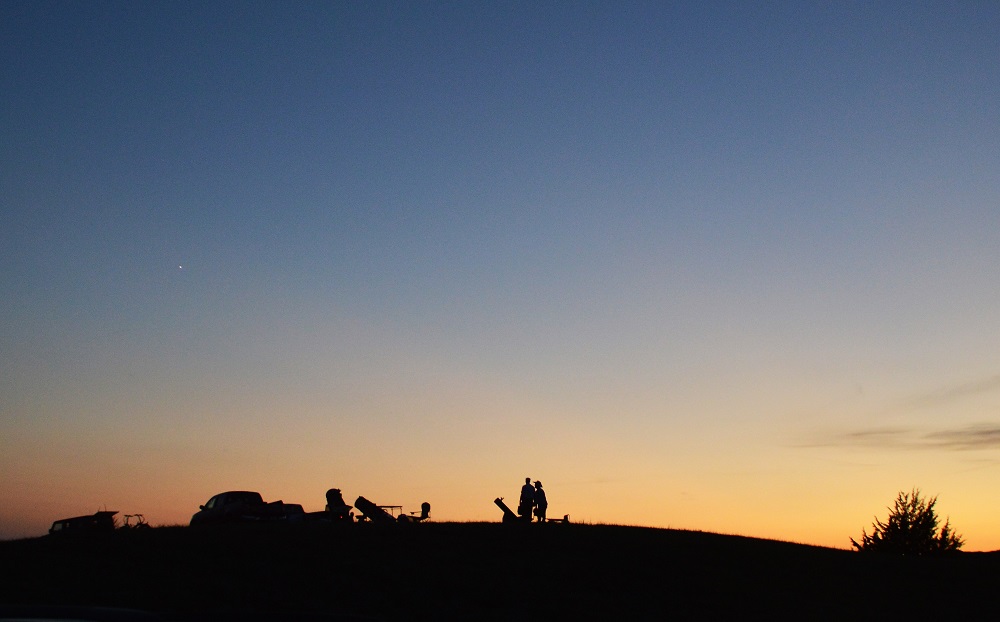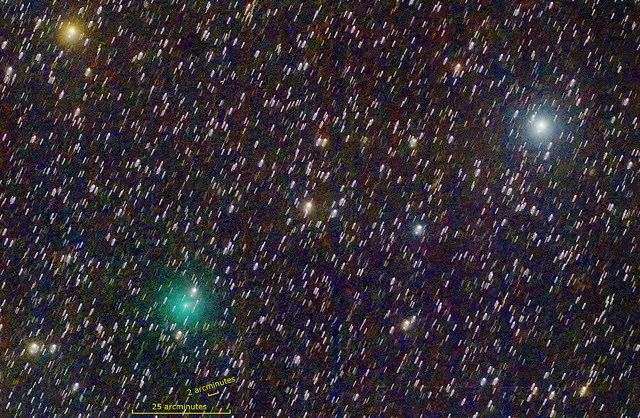Happy New Year! The beginning of the first month of the year is always a busy one for astronomy, and January 2019 is no different, as the Earth reaches perihelion, the Quadrantid meteors peak, and a partial solar eclipse crosses the Pacific… all this week. Continue reading “Quadrantid Meteors Kickoff a Busy January 2019”
Top Astronomy Events For 2019
You might’ve heard the news. We wrote a book this past year: The Universe Today’s Ultimate Guide to Observing the Cosmos: Everything You Need to Know to Become an Amateur Astronomer. Judging from reader feedback thus far, one of the most popular parts of the book is Chapter 10, where we list the top astronomical events by year for the coming six years. True story… we picked six (2019 to 2024) to stretch out the list to touch on the April 8th, 2024 total solar eclipse. Continue reading “Top Astronomy Events For 2019”
Get Ready for the 2018 Geminid Meteors
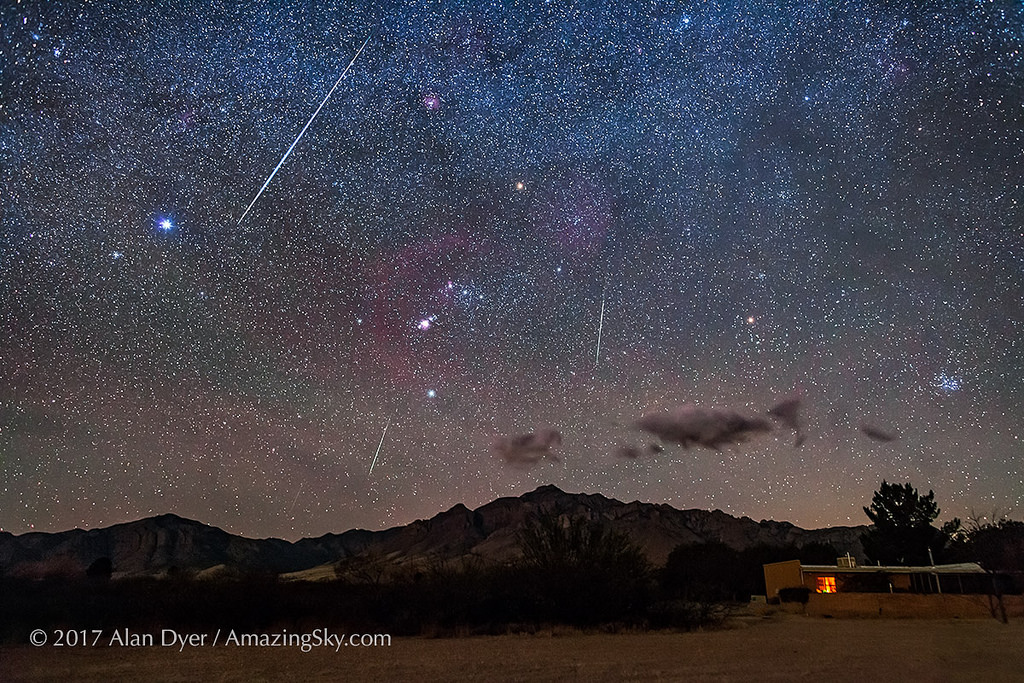
When it comes to meteor showers, the calendar year always seems to save the best for last. We’re referring to the Geminid meteor shower, one of the sure fire bets for dependable meteor showers. In fact, in recent years, the Geminids have been upstaging that other yearly favorite: the August Perseids. If the Geminids did not occur in the chilly (for the northern hemisphere) month of December, they’d most likely get a better rap. Continue reading “Get Ready for the 2018 Geminid Meteors”
On the Astronomy Trail in Nebraska
It’s a never-ending quest for observers, lovers of the night sky and astrophotographers. Where to go to get away from encroaching light pollution, and find truly dark skies?
Most of us think of distant sites such as Death Valley, the Kalahari Desert or the Canary Islands when it comes to dark skies. And while it’s true that many observers are now traveling farther and farther away from home in search of truly dark skies, that trip need not be as far as you think.
We had the opportunity to visit one such often overlooked dark sky gem: the state of Nebraska. From fossils to aeronautics and astronomy, there’s lots of science to explore in the Cornhusker State. Though the state has a rich science heritage, and an active amatuer astronomy community, Nebraska is an often overlooked dark sky haven. But science tourism is also becoming increasingly popular, and Nebraska has lots to offer.
Continue reading “On the Astronomy Trail in Nebraska”
A 2018 Outburst From the December Andromedids?
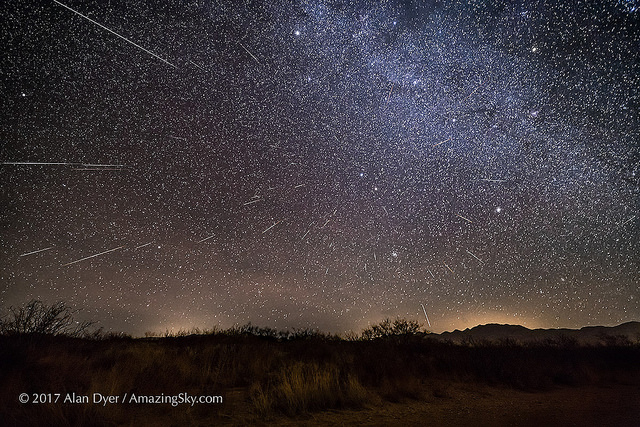
A relatively obscure meteor shower may put on a surprise performance in early December 2018. Chances are, you’ve never heard of the Andromedids, though it’s worth keeping an eye out for these swift-moving meteors over the next week. Continue reading “A 2018 Outburst From the December Andromedids?”
SpaceX to Launch 64 Satellites, Including Orbital Reflector
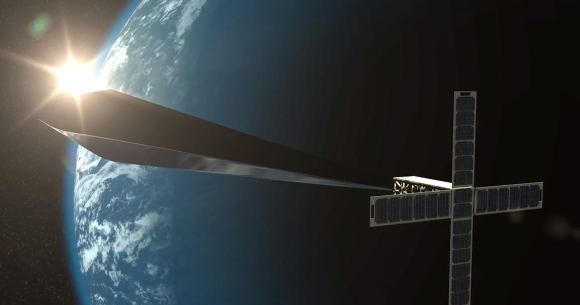
UPDATE – SpaceX has now set a firm date and time for the Spaceflight SSO-A launch from Vandenberg Air Force Base for Monday, December 3nd at 18:31 Universal Time (UT).
A unique smallsat mission promises to be the latest satellite “brighter than a Full Moon!” in the night sky… or not.
The Mission: We’re talking about Orbital Reflector, conceived by Trevor Paglen and fielded by the Nevada Museum of Arts. Dubbed as the “first art exhibit in space,” the $1.3 million dollar project seeks to put a smallsat payload with a deployable reflector in low Earth orbit. Continue reading “SpaceX to Launch 64 Satellites, Including Orbital Reflector”
New Comet V1 Machholz-Fujikawa-Iwamoto Takes Observers by Surprise
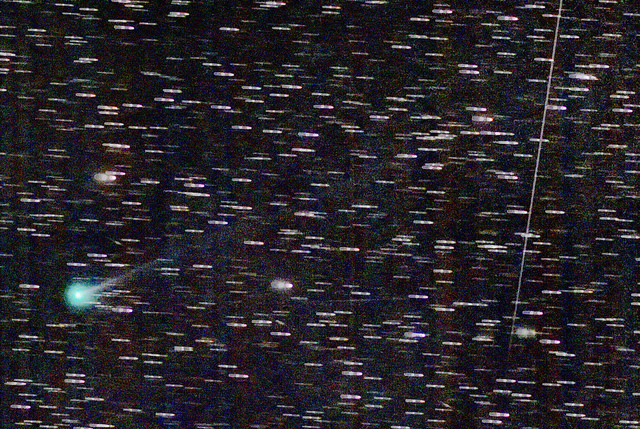
You just never know when it comes to comets. Here it is mid-November, and we’d thought we had finished up writing about bright comets for 2018. That was until this past weekend, when a flurry of messages flashed across the Yahoo! Comets mailing list hinting that a new, possibly bright comet had been discovered. Come Monday morning November 12th, long period Comet C/2018 V1 Machholz-Fujikawa-Iwamoto was formally added to the International Astronomical Union’s Minor Planet list.
Continue reading “New Comet V1 Machholz-Fujikawa-Iwamoto Takes Observers by Surprise”
Scientists are Using Artificial Intelligence to See Inside Stars Using Sound Waves
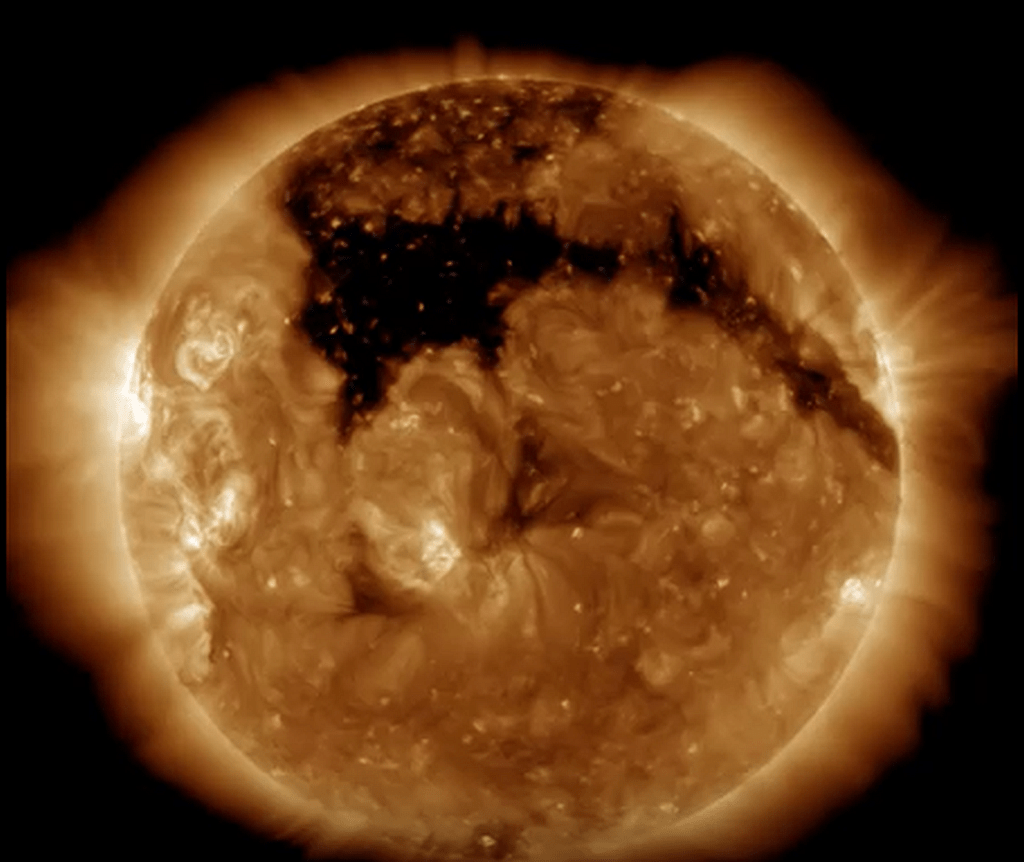
How in the world could you possibly look inside a star? You could break out the scalpels and other tools of the surgical trade, but good luck getting within a few million kilometers of the surface before your skin melts off. The stars of our universe hide their secrets very well, but astronomers can outmatch their cleverness and have found ways to peer into their hearts using, of all things, sound waves. Continue reading “Scientists are Using Artificial Intelligence to See Inside Stars Using Sound Waves”
Catching Asteroid 3 Juno at Its Best

Not all oppositions are created equal. This week’s sky target offers a good case in point, as asteroid 3 Juno reaches its most favorable viewing position for the decade. Continue reading “Catching Asteroid 3 Juno at Its Best”
Comet 46P Wirtanen Rounds Out 2018
One. More. Comet. Though the next great ‘Comet of the Century’ has yet to make its appearance in 2018, we’ve had a steady stream of binocular comets this year, including Comets C/2017 S3 PanSTARRS, 38P Stephan-Oterma, and 21P Giacobini-Zinner.
Now, the calendar year may have saved the best for last, as periodic Comet 46P Wirtanen takes center stage. Continue reading “Comet 46P Wirtanen Rounds Out 2018”

